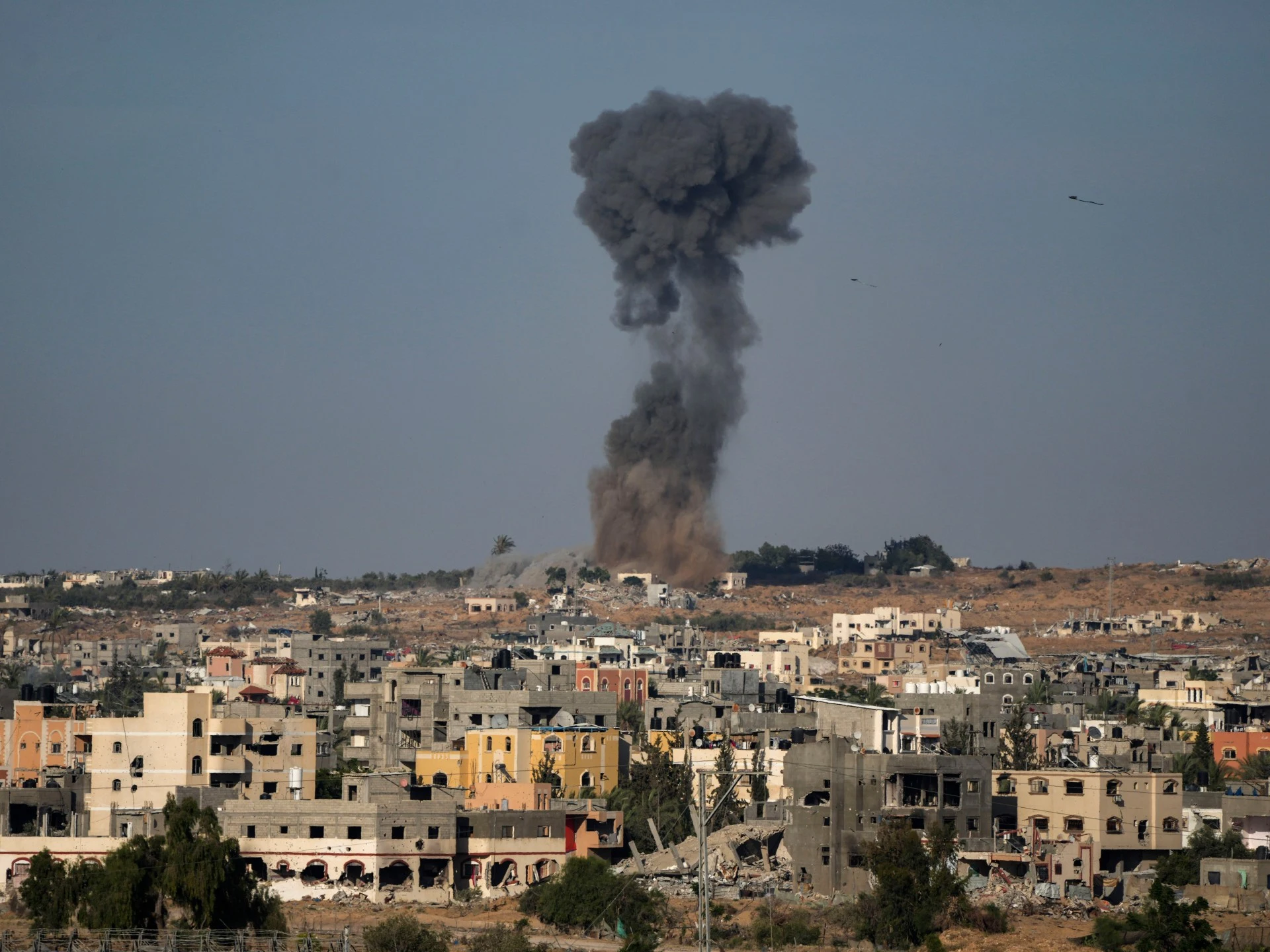But there is one important difference between the two cases: The genocide in Gaza is not taking place in the dark.
While our eyes were on Rafah’s “Block 2371” – the small area in south Gaza which the Israeli military designated as a “safe humanitarian zone” on May 22 but went on to bomb just four days later, massacring at least 45 civilians sheltering in tents – we were reminded of a 15-year-old confidential cable intercepted by WikiLeaks describing the plight of civilians in the final days of the Sri Lankan civil war.
Dispatched in May 2009 from the United States embassy in Colombo to the US Department of State in Washington, DC, the cable recounts how the bishop of Mannar had called to ask the embassy to intervene on behalf of seven Catholic priests caught in a so-called “No Fire Zone” which had been set up as a safe space by the Sri Lankan military.
Not unlike the Israeli military’s efforts to push Palestinian civilians from across the Gaza Strip into the so-called “safe humanitarian zone” in Rafah, at one point, the Sri Lankan military had urged the civilian population to gather in areas it designated as “No Fire Zones” by dropping leaflets from planes and making announcements on loudspeakers.
As an estimated 330,000 internally displaced people assembled in these zones, the United Nations erected makeshift camps and, together with several humanitarian organisations, began to provide food and medical assistance to the desperate population.


